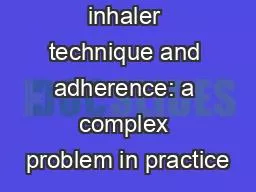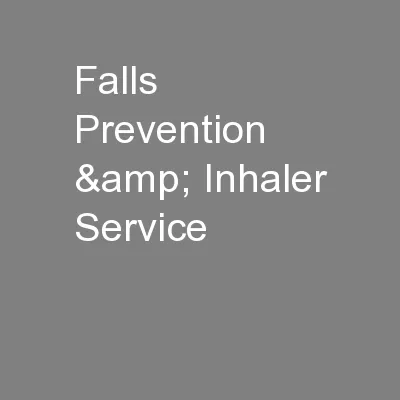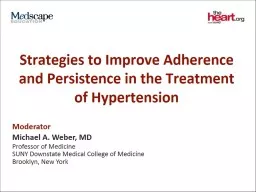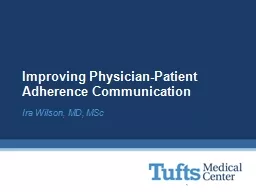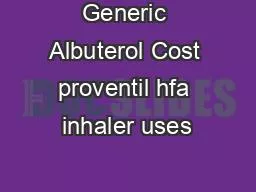PPT-Improving inhaler technique and adherence: a complex problem in practice
Author : impristic | Published Date : 2020-08-05
Sinthia BosnicAnticevich PhD Principal Research Fellow Sydney Medical School University of Sydney Research Leader and Director of Development Woolcock Institute
Presentation Embed Code
Download Presentation
Download Presentation The PPT/PDF document "Improving inhaler technique and adherenc..." is the property of its rightful owner. Permission is granted to download and print the materials on this website for personal, non-commercial use only, and to display it on your personal computer provided you do not modify the materials and that you retain all copyright notices contained in the materials. By downloading content from our website, you accept the terms of this agreement.
Improving inhaler technique and adherence: a complex problem in practice: Transcript
Download Rules Of Document
"Improving inhaler technique and adherence: a complex problem in practice"The content belongs to its owner. You may download and print it for personal use, without modification, and keep all copyright notices. By downloading, you agree to these terms.
Related Documents

